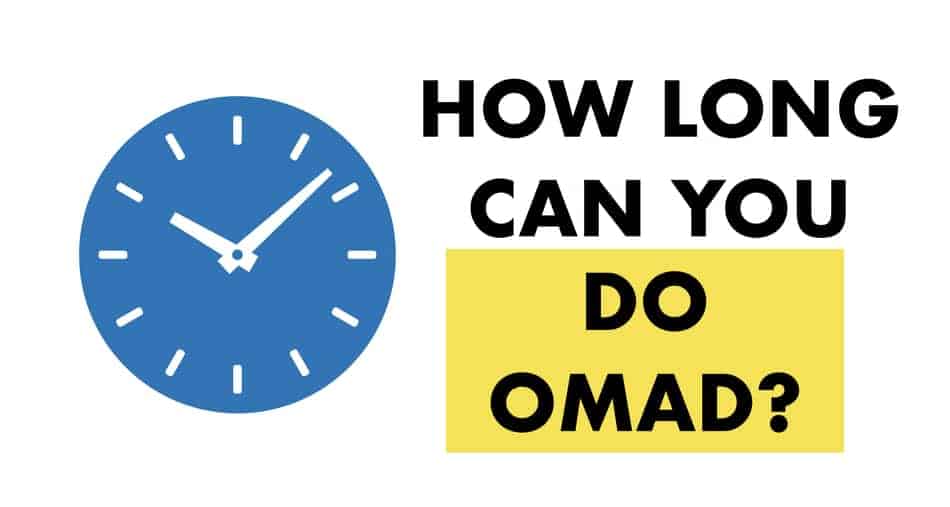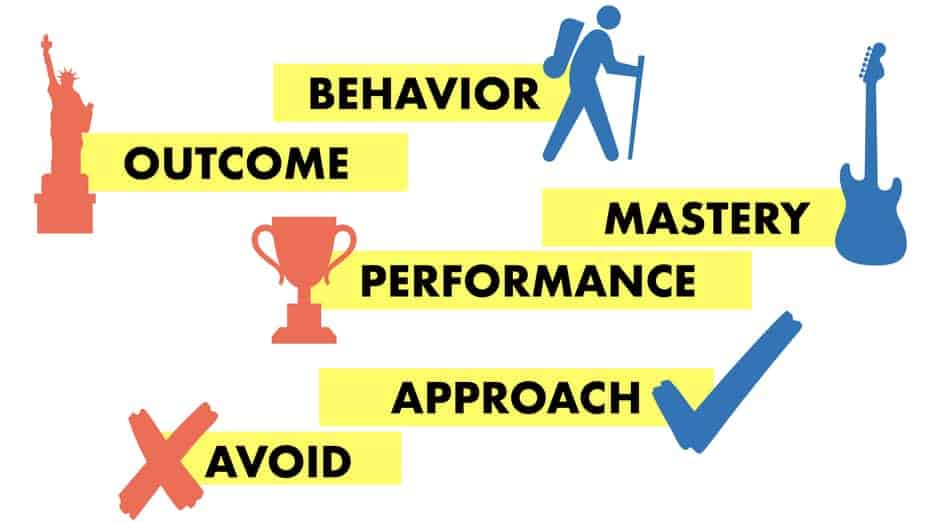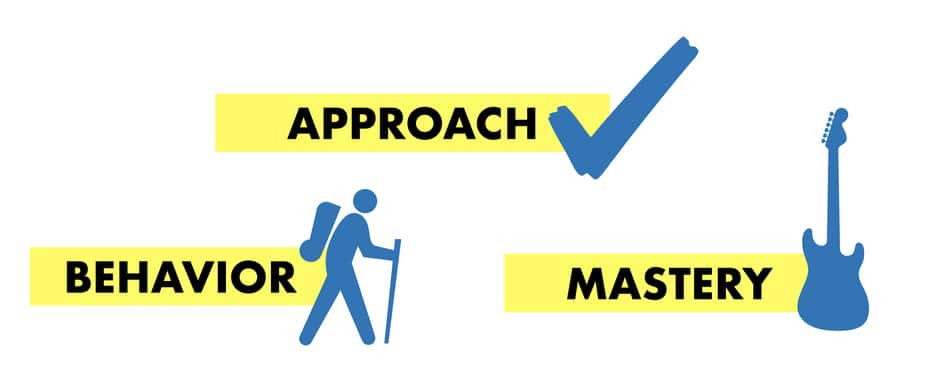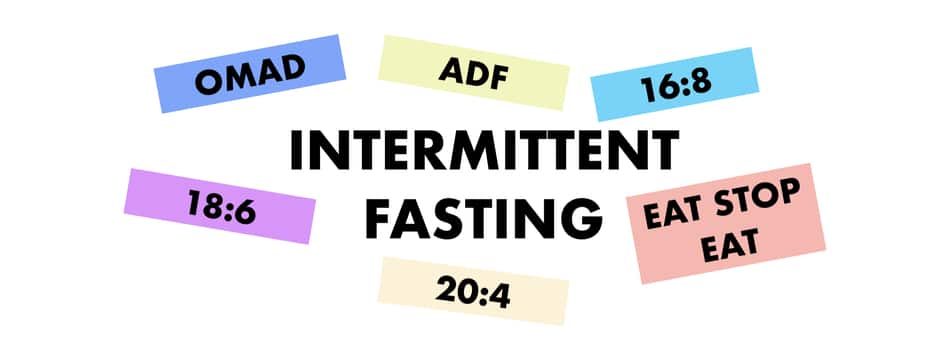In this article, I will be covering how long can you realistically do OMAD for and what to expect from it.
According to research on intermittent fasting, you can do OMAD for 4-21 days with no adverse effects. The longer you fast, the more comfortable you become with hunger signals. However, the duration of fasting will depend on many factors like age, gender, stress, and activity level.
Some people may benefit from doing longer fast for 6-12 weeks, depending on their goals, and the weight they want to lose.

How Long Can You Stay On OMAD?
You can stay on OMAD for 6-12 weeks to start seeing the results depending on your goals. People who want to lose 30-60 lb may need 12-24 weeks to reach their desired weight. People who need to lose 100 lb or more may need to stick to it for longer.
Goal setting is a proven strategy that can help you focus on what’s important and stay consistent. It’s easy to get discouraged if we look up to the finish line. Instead, focus on today or this week by setting up strategic goals (source).

There are six main types of goals:
Approach goals – those are goals that involve something that you want to do (e.g drink a glass of water every 2 hours or do 20-minute stretching). You could call these “pull” goals because they pull you towards things to be done.
Avoidance goals – those goals involve something you don’t want (e.g stop eating cakes, don’t watch TV). Those goals are “push” goals because they push you away from something. Avoidance goals usually start with “Don’t” or “Stop”.
Performance goals – are the goals that are externally validated (e.g. winning a match, being number one). They provide extrinsic motivation, such a grades or winning competition.
Mastery goals – those type of goals are intrinsic in nature. You’re not motivated by the result, but you have the joy from the activity itself (e.g. woodworking, hiking, cooking). Mastery goals focus on skill and the process, rather than winning.
Outcome goals – those goals are driven by the end result (e.g. lose 50 pounds).
Behavior goals – those goals focus on actions, steps, and behaviors that must be taken to reach the outcome (e.g. 20-minute daily walk).
How To Be Successful With OMAD?
To be successful with OMAD you should be focusing on approach goals, mastery goals, and behavioral goals because they break intimidatingly large projects into smaller steps, they make you feel in charge, they emphasize hard work and day-to-day progress.

- They make you more accountable, and responsible for your own actions.
- They help you set up realistic expectations.
- They value the process.
- They give you long-term understanding and inspiration that last, rather than short-term “quick fixes”.
- They fuel intrinsic (internal) motivation, rather than extrinsic (external) motivation. External motivation is great, but it can disappear at any moment.
- They help you build rock-solid self-esteem through a set of significant accomplishments.
So to be successful on OMAD you need to set up your goals properly. This goes beyond how much weight you want to reduce. This will give you a road map. But stay flexible and don’t get hung up with the exact numbers. Sometimes goals change along the way.
For instance, you may think you want to lose 50 lb, but after 30 lb down you already feel more comfortable and you’re happy the way things are right now. That means, don’t be afraid of staying flexible with your goals and your approach.
How Long Should You Do OMAD?
You should do OMAD until you reach your desired weight. For some people, it may take 3-6 months, depending on the goals they have. However, this is a long process, and it’s more important to find approaches that will work in the long term and can be sustainable.
Remember that one meal a day is just one of many forms of intermittent fasting. If that style seems too harsh on you, then feel free to experiment with others.

Don’t think that a longer fast is better because it will burn more calories. It’s not about how much longer you can fast, or how much less food you can eat.
It’s about finding the approach (intermittent fasting protocol) that works for you and doesn’t give you unwanted side effects, like headaches, insomnia, lethargy, or anxiety.
Here are some of the most popular intermittent fasting methods.
| IF Protocol | Key Features | Who Is It For? |
|---|---|---|
| Skip A Meal | You purposefully skip a meal that you would normally eat. It’s a great way to start your journey with intermittent fasting and experiment | For people who are not yet ready for a full day fast |
| Eat Stop Eat | Don’t eat for 24-hours, once or twice per week. | For people how are busy during the week, but they still want to experiment with fasting on the weekend. |
| Fasting-mimicking diets (FMD) | You alternate days where you eat less, with days where you eat normally. | For people who are already familiar with their hunger signals and want to explore fasting further. |
| Alternate Day Fast (ADF) | Eat every other day. You fast for 36 hours (including sleep), and you eat for 12-hours. | For people who have a lot of weight to lose, but have busy schedule and cannot fast all week. |
| Leangains (16:8) | You eat only in the 8-hour window and fast for 16-hours (including sleep). | For people who are more physically active and like structure in their day. |
| Warrior Diet | You fast for 20-hours, and you eat a meal or two within a 4-hour window. | For people who like structure and routine. They like to eat later on during the day. |
So don’t get caught on the idea you must do only OMAD. There are several ways to reach your destination. And how long will it take you to get there will depend on your consistency.
Take Away
Changes takes time. So don’t beat yourself up it it won’t work on the very first attempt. Instead, have some self-compassion.
People how to want to lose weight, and have more self-compassion than self-criticism, seem to see better results. That is because self-compassion can reduce your stress significantly. And stress is what usually drives people out of control. And that of course triggers impulsive eating or binge eating.
People who have more self-compassion tend to experience less shame and a negative self-image. This way they are more likely to follow the process and stay on track.
